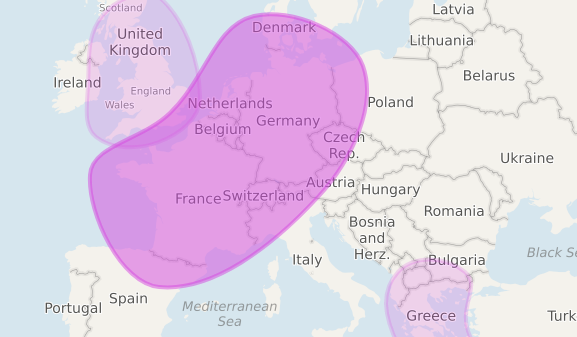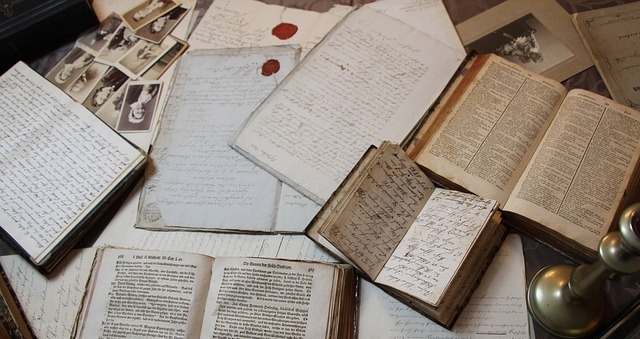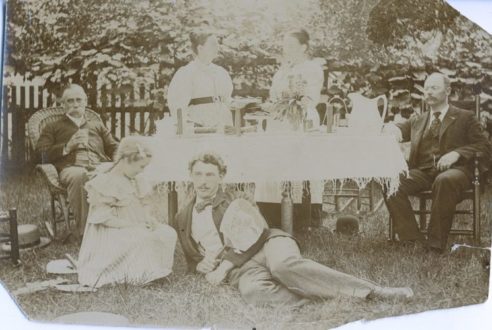Family Tree DNA first began offering direct-to-consumer genetic testing in 2000. After years of reading articles about the success people had with DNA testing for genealogy, I took my first test in 2006. Only a year later in 2007, 23andMe joined the party, and now everyone is doing it. Yet, not ...
genealogy
My Lifelong Research Project
In 2016 when I attended the Nebraska State Genealogical Society Conference, featured speaker Joshua Taylor made mention of those ancestors who become our lifelong research projects. Mine is my great-great grandmother, Emma Anna Murphy. I wrote about Emma constantly in the previous iteration of my ...
How DNA Changed My Family History
With the availability of DNA testing, I've seen quite a shift in what I always thought I knew about my family. It started in 1989. I saw a photo my grandmother had of her family and wanted to learn more about it. I found out that the little girl in the picture was my great-grandmother, Nina Gertrude ...


